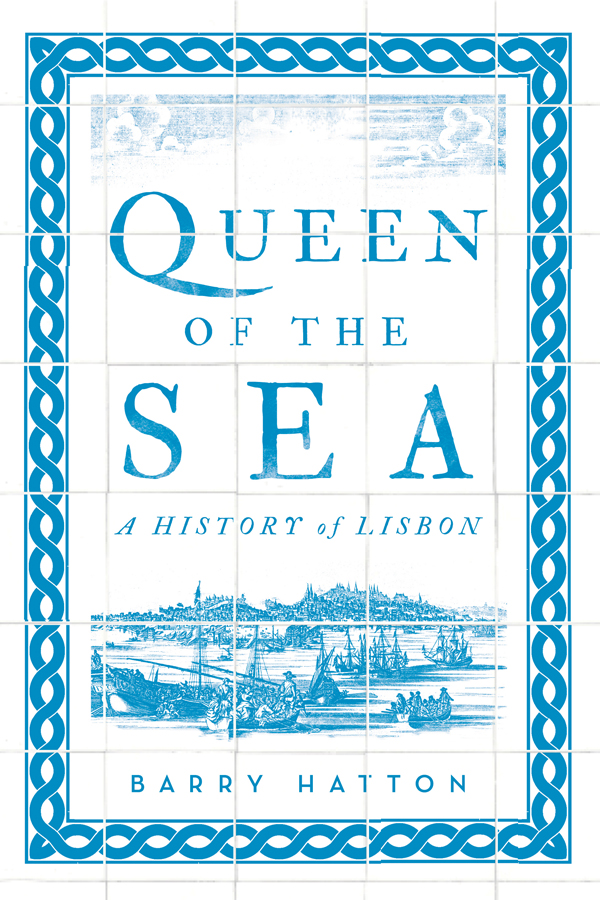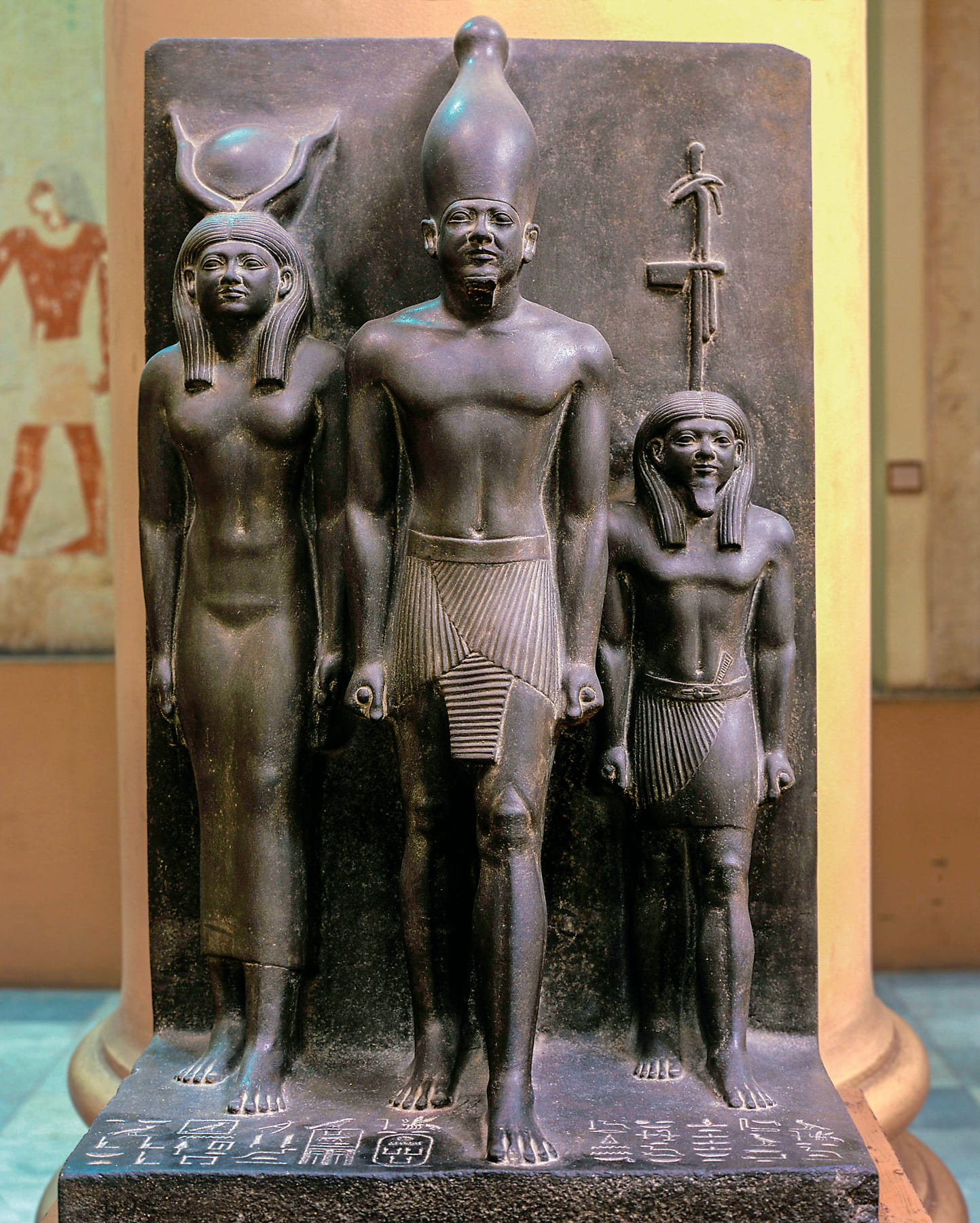
Queen of the Sea: A History of Lisbon
Tom Verde
Barry Hatton
2018, Hurst Publishers, 978-18- 49049-979, £14.99 pb.
Lisbon’s Mouraria—a name derived from Mouros, Portuguese for Moors—is the city’s “most ethnic neighbourhood where Christians, Muslims, Hindus, Africans and Chinese live cheek-by-jowl along cobbled streets,” as this engaging history of Portugal’s capital relates. Lisbon’s multiculturalism dates back centuries and is a hallmark of this vital seaport, where fortunes were made, regimes overthrown and the populace rebounded from devastating natural disasters, such as the earthquake of 1755, the largest ever to strike Europe. During the mid-12th century, the Reconquista also did its damage to the Muslim population of what was “the Moors’ mightiest city in western Iberia.” Yet their cultural influence survived in language: “Portuguese words beginning ‘al’”—as well as signature legacies such as the nation’s famed, hand-painted azulejos tiles. This is a richly rendered story of an important and often underappreciated European capital.
You may also be interested in...

The Legacy of Egyptologist George Reisner—Our Book Review
When George Reisner died in 1942, he did so surrounded by ghosts—not just the pharaohs he’d unearthed but the stacks of unpublished notes that entombed his legacy..png?cx=0.44&cy=0.65&cw=382&ch=487.6595744680851)
Zeina Abirached’s Art Uncovers Urgency of Wisdom in Gibran’s The Prophet
Kahlil Gibran’s 1923 classic is given new life, as Abirached’s graphic novel blends Lebanese artistry with the late author’s timeless wisdom.